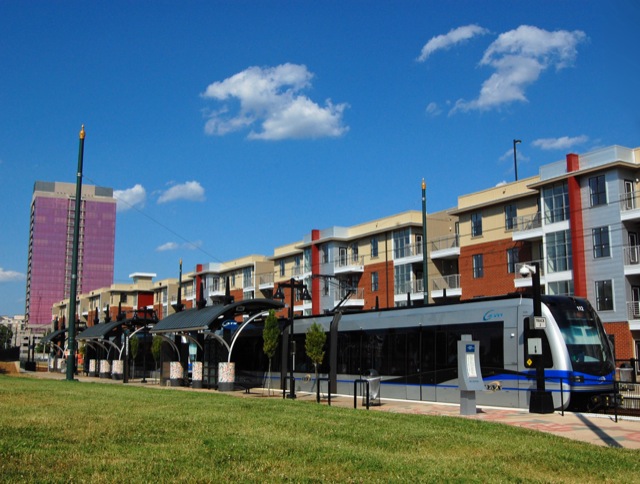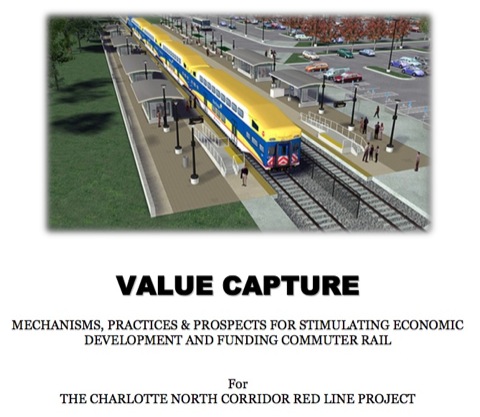While transit ridership declined in April 2018 vs. 2017 in the vast majority of urban areas, it grew in Raleigh. Not only did it grow there, it grew by a miraculous 20 percent, more than any other of the nation’s fifty largest urban areas. The first four months of 2018 saw a more modest but still trend-bucking 9 percent growth over the same months in 2017.
What is responsible for this rapid growth? According to the TransitCenter, it resulted from a boost to transit service that came after voters approved a half-cent sales tax for transit in November, 2016. This was a sales tax increase that opponents called a “transit plan to nowhere.”
FTA data show that GoRaleigh, Raleigh’s main transit agency, offered 10.0 percent more bus service in April 2018 than 2017, and carried 26.5 percent more riders. Bus service for the first four months of 2018 was 6.8 percent greater, and riders 11.7 percent more numerous, than in 2017. So it seems plausible that service increases are responsible for the growth in ridership. Continue reading









